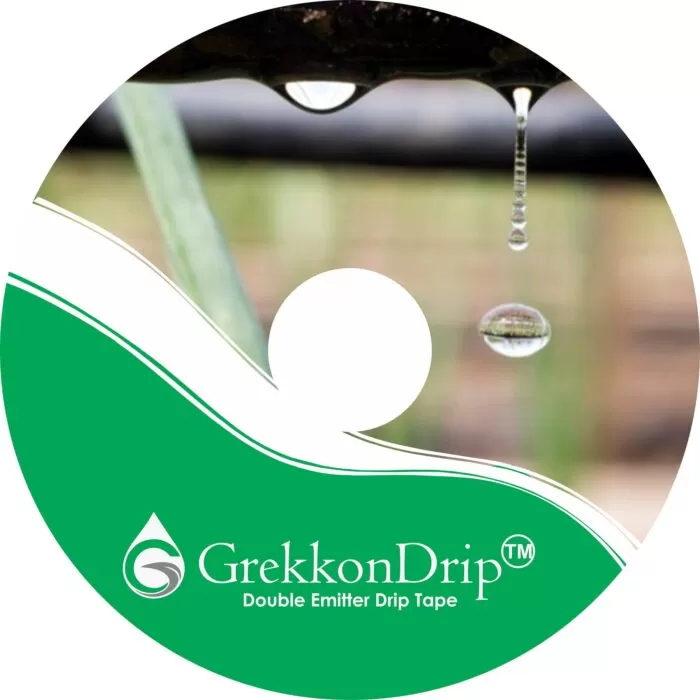
Drip Irrigation System
Every drip irrigation system in Kenya by Grekkon Limited supported by a HDPE or PVC line. We are the largest drip irrigation kits suppliers in Kenya, reaching the highest number of farmers. At the very bottom we do simple drip irrigation systems, also known as kitchen garden drips
It advances to 1 acre drip irrigation kits, 5 acre drip irrigation systems to hundreds of acres. Our drip pipes for sale in Kenya are the double emitter drip irrigation pipes
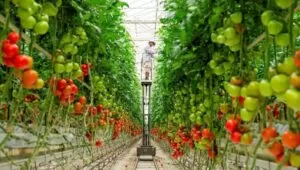
Drip Irrigation Kits Prices In Kenya Are A Factor Of
- Crop type
- Bed spacing
- Terrain
Drip Irrigation System Cost Per Acre In Kenya
| Crop Type | Lines Per Bed | Acreage | Cost in Kes |
| Watermelon, sweet melon, butter nut | 1 | 0.125 | 15,000 |
| 0.25 | 25,000 | ||
| 0.50 | 45,000 | ||
| 1 | 85,000 | ||
| Tomato, cabbage, chillies, capsicum | 2 | 0 | 25,000 |
| 0.25 | 40,000 | ||
| 0.50 | 75,000 | ||
| 1 | 140,000 | ||
| Onion, garlic, herbs, spices, strawberry, green beans | 0 | 27,500 | |
| 3 | 0.25 | 45,000 | |
| 0.50 | 85,000 | ||
| 1 | 160,000 |
Drip Kit Components
- The main line. This is a PVC or a HDPE pipe. The choice of pipe thickness is according to the pressure of the water in it. A farmer with gravity flow has a thinner pipe than one with a high pressure water pump
- Water filter. To remove impurities that will otherwise block the drip pipe emitters
- Gate vales. They control the water movement from one point to another by opening or closing
- Main line fittings; tees, elbows, adaptors, connectors, saddle clamps, reducers, and end caps. They are either PVC or HDPE as per the pipe. Their size depends on the pipe size
- The sub main line. This is connected to the main line, and is the origin of drip lines
- Sub-main line fittings; tees, elbows, adaptors, connectors, saddle clamps, reducers, and end caps. They are either PVC or HDPE as per the pipe. Their size depends on the pipe size
- Drip pipes. These pre-perforated pipes have emitters that supply water to the crop directly
- Drip fittings; starter connectors, off take connectors, drip to drip connectors, rubbers, mini-valves, and end caps

Tomato Drip Kit Price
Tomato drip kit price in Kenya by Grekkon Limited is by acreage. Our drip irrigation prices range as; kitchen gardens, 1/8th acre, 1/4 acre, 1/2 acre, 3/4acre and 1 acre. The components of these tomato drip are; HDPE pipe. The diameter ranges from 1″ to 1-1/2″ according to the size of the area HDPE fittings. […]
Pixie Orange Farming And Irrigation
Pixie orange farming and irrigation in Kenya is a high investment, high returns farming venture. Pixies originate from California, USA where they were developed as a cross between oranges and tangerines. They are yellow-orange in colour, sweet and seedless fruits rich in vitamin C. They boost the immune system and increase collagen production which is great for the skin. In this piece, we answer commonly asked questions on pixie orange farming and irrigation by growers in Africa
1.How do you grow pixie oranges in Kenya?
They grow in most soils, but the best are deep (at least 18 inches or 42 cm deep) fertile sandy loams with a pH range of 6.5 – 7.3
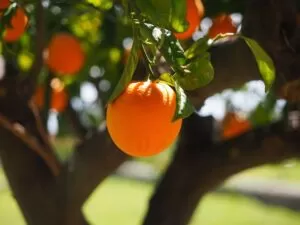
Ripe pixie oranges on a tree
2. How do you plant pixie oranges?
The dimensions of the planting holes are 2ft x 2ft x 2ft. This allows for water conservation and deep root penetration as the tree grows. mix the top soil thoroughly with well decomposed manure especially in weak soils
3. What is the spacing for pixies?
Row to row 5M, plant to plant 4M to give an average population of 200 plants per acre. A mature full-sized tree tree is 6M – 9M tall, and equally wide with an extensive root system
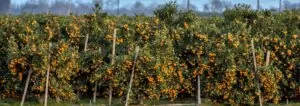
A mature well spaced pixie orange crop
4. How long do pixie oranges take to grow out?
Pixie oranges take 2 years to their first fruiting season, but full maturity is between 3 -5 years
4. How many oranges will one tree produce?
The first fruits (30 – 50 fruits) come in the second year, then 250 -300 in the third to fifth years. By the eighth year, the tree bears 500 -600 fruits annually. To produce this commercial quantity all year round, irrigation must be undertaken
5. How many pixie orange trees per acre?
200 trees on average
How To Irrigate Pixie Oranges In Kenya
Pixie oranges require a high amount of water to grow because they are ever green. Under rain fed production, it will be at least 1,000mm of rain annually. However, to produce commercially, irrigation will be done to supplement rain. A tree will have 20 litres at planting, and thereafter, ensure that the soil is consistently moist, but not soggy. The root system must not be allowed to dry out, and neither should there be standing water. Irrigation is at the root zone, away from the trunk
Pixie Orange Farming And Irrigation
Methods
I. Sprinkler Irrigation
Micro sprinklers at the base of the plant are the most efficient or all overhead irrigation methods. Micro sprinklers are low-pressure, low to medium volume irrigation equipment that deliver water directly to the crop root zone. They provide full scale surface irrigation, and localised watering of trees
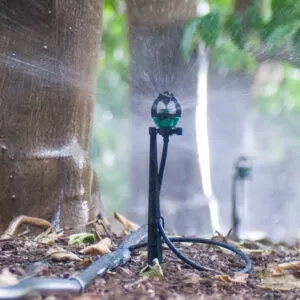
Micro sprinklers installed by Grekkon Limited in an orchard
II. Button drippers
This is the most water conserving and efficient irrigation system. The water loss to evaporation is less than that of micro-sprinklers, and it requires lower pressure to operate
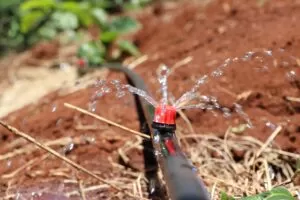
A button drippers system installed by Grekkon Limited at work in a newly established fruit farm
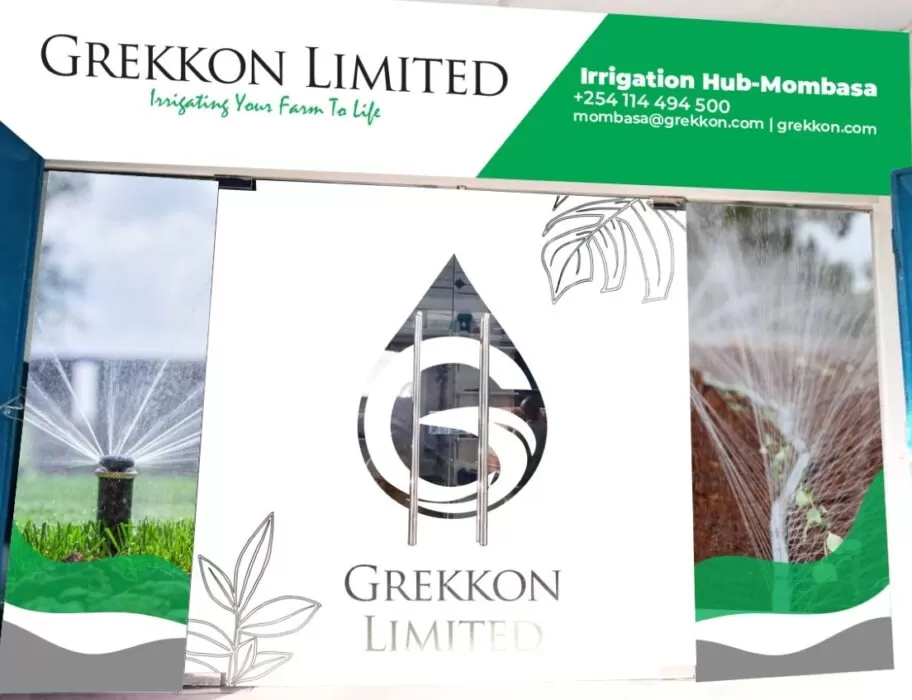
Irrigation Company in Mombasa
In commemoration of our 5 years of serving farmers, Grekkon Limited has a new irrigation company in Mombasa. Grekkon Limited – Irrigation Hub, Mombasa opened it’s doors on the 7th of February 2022. This is 5 years after the first office started operations from Nairobi. Grekkon Limited – Irrigation Hub, Mombasa is located along Jomo Kenyatta Avenue, opposite the Mombasa Pentecostal Church.
Irrigation Company in Mombasa
Products
Irrigation systems
1.1. Drip irrigation
- double emitter pre-perforated drip tapes for vegetables
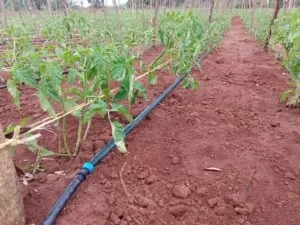
tomato drip irrigation
- button drip irrigation systems for orchards, and forestry
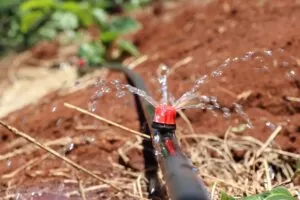
button drip system on avocado
1.2. Sprinkler systems
- rain gun sprinklers to irrigate large diameters
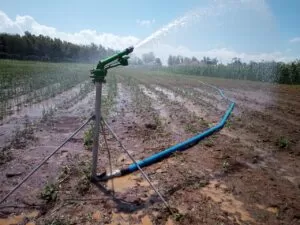
flange type rain gun sprinkler
- impact sprinklers for small to medium scale farms

plastic impact sprinklers
- pop up sprinklers for lwans
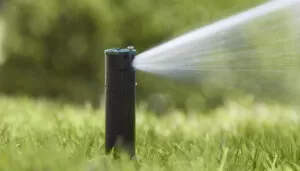
lawn pop up sprinkler
- butterfly sprinklers for small gardens and lawns
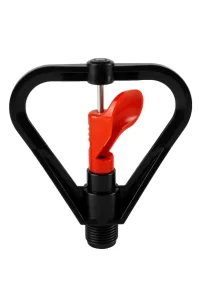
butterfly sprinkler
- meganet sprinklers
- micro sprinklers for lawns and orchards
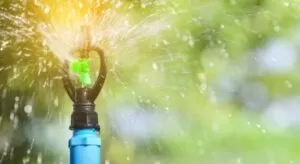
micro sprinkler
1.3. Rain hose kits. These are pre-perforated pipes through nano technology that provide overhead irrigation
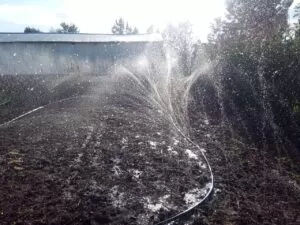
rain hose irrigation system
Every irrigation system comprises of a main line and/or a sub main line. These pipes are either high density polyethylene pipes (HDPE), polyvinyl chloride pipes (PVC), or PVC delivery pipes. Every pipe type has it’s own fittings
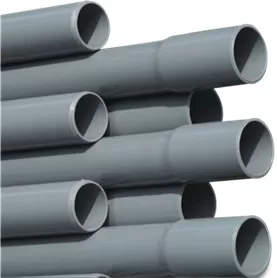
PVC Pipes by Grekkon Limited
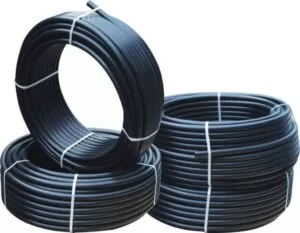
16mm HDPE pipes
2. Dam liners
These are UV treated HDPE geomembranes as;
- 0.5mm. for fine textured surfaces
- 0.75mm. for surfaces with murram
- 1mm. for rocky/ stony surfaces
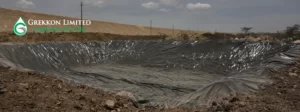
a dam liner on a reservoir
3. Greenhouses
They are categorised by shape, and/or by main frame material
3.1. By shape. They are either tunnel type which are constructed in highland or cool locations. Or vented type done in warm or mid-low altitude areas
3.2. By structural material. They are either steel or wooden. All wooden greenhouse are ‘vented types’

a steel frame, tunnel type greenhouse
4. Solar dryers
These are crop drying units made from galvanised steel with a UV treated polythene paper cover.

solar dryers in Taveta by Grekkon Limited
5. Water pumps
5.1. Solar water pumps for shallow and deep wells

solar water pumps
5.2. Electric surface and submersible pumps
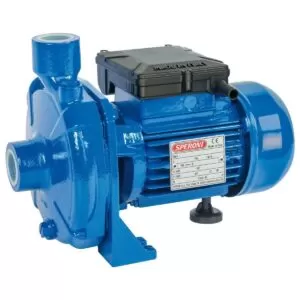
electric surface water pump
5.3. Diesel generator water pumps
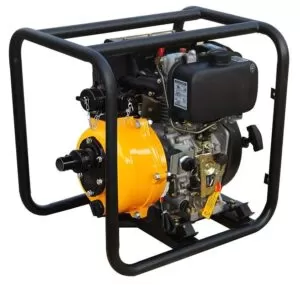
diesel water pump
5.4. Petrol generator pumps

6. Agriculture nets
6.1. Shade nets. They shade the crop from excess sunlight. They are supplied as; 30%, 55%, 75%, and 90% shade
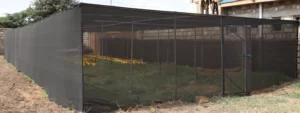
a shade net structure
6.2. Insect nets. They protect the crop from insects. They are supplied as light or heavy gauge
6.3. Bird nets. They protect the crop from bird pests
7. Planting trays and coco peat
Planting trays as; 28, 50,66, 128, 200, and 288 cells for all crops. These come with coco peat planting media
Irrigation company in Mombasa
Service
We provide tailored agronomy support service to all our farmers in east Africa. A detailed crop production hand book detailing all key aspects of crop production is given in every project
